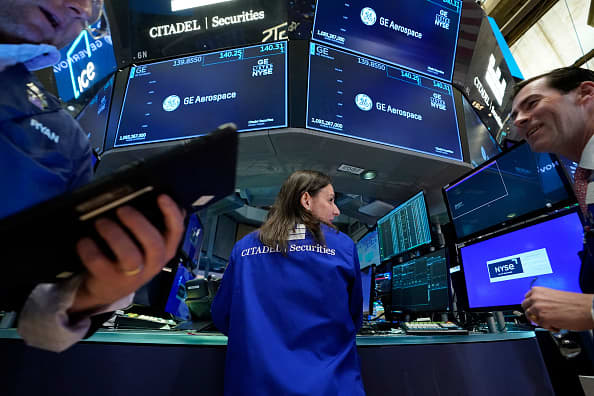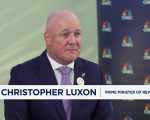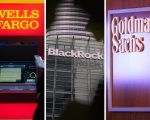
The March inflation report came in hotter than expected, but some investors say stocks will be able to absorb the shock — so long as the Federal Reserve doesn’t suddenly turn more hawkish. Stocks moved dramatically lower after the latest consumer price index reading showed a reacceleration compared to February, raising fears that the central bank will keep interest rates higher for longer. The Dow Jones Industrial Average at one point tumbled more than 500 points, or 1.4%. The S & P 500 and Nasdaq Composite also briefly slid by more than 1% each. Investors had lately been hoping the Fed might start easing back on policy starting in June, with three rate cuts penciled in for the year. But a robust labor market, as reflected in last week’s March payrolls, and this latest consumer inflation data have pushed back that view. Markets now anticipate the first cut might come in September, with just two quarter-point reductions for the whole year. Even so, investors anticipate that markets may be able to take fewer rate cuts in stride so long as the Fed isn’t actually forced to raise rates. “Unless the Fed is going to explicitly say that they probably need to raise rates again, I think they’re going to lean into just holding rates where they are, just for longer,” said Ayako Yoshioka, senior portfolio manager at Wealth Enhancement Group. “And I think eventually that will be seen as slightly positive for equity markets.” “If they get more hawkish, then I think that would be a bigger sort of long term negative,” Yoshioka added. Yoshioka anticipates that the second quarter will be choppy, resulting in mostly sideways trading action as investors study the latest economic data, as well as corporate results from the looming first quarter earnings season. In particular, she anticipates energy companies, which have done well this year, will continue to outperform. ‘Zero cuts’ Others worry that the likelihood of higher for longer interest rates will hurt the stock market, certainly in the near term. Wolfe Research’s Rob Ginsberg expects that the recent spike in gold, silver and energy prices, among others, suggest inflation is a far cry from the Fed’s 2% target. “I think there’s a pretty good chance that it’s zero this year,” Ginsberg said, referring to the number of times the Fed might dial back its benchmark fed funds lending rate. “Now, part of it is inflation. And part of it is a healthy economic environment. So it’s a combination of both, but I just have a hard time seeing them cutting.” For stocks, he anticipates a 4% to 6% drop in the second quarter, a pullback he considers reasonable after this year’s rally. He expects the 10-year Treasury yield could climb back up to 4.75% to 5%. The yield was last at about 4.5% after surging on the March inflation miss. “We still have some more to go,” he said. ‘Disinflation story is still in play’ Elsewhere, Sonu Varghese, global macro strategist at Carson Group, had a more sanguine view of the interest rate outlook. The March CPI came in hotter than expected, but the strategist said the outlook is less troubling when taking a peek into the report’s most stubborn components. Varghese still leans toward equities, expecting as many as three rate cuts this year, though he anticipates the first cut might not come until July now. Some recent data shows that shelter costs, for example, have started to cool, while car insurance, which accounted for much of the monthly CPI gain, isn’t in the Fed’s preferred inflation gauge, the personal consumption expenditures report. “We think the disinflation story is still in play,” Varghese said. “And I would focus more on what Powell said. Q4 inflation was really low. Q1 has now been hotter than expected. So they didn’t take Q4 as a victory. I don’t think they’re taking Q1 as something to be really panicked about. And so, they’re just going to wait.” “It’s just a bumpy road. And we are in that camp, too,” Varghese added. Correction: An earlier reference to the Fed’s next scheduled “dot plot” has been removed. The dot plot will next be updated at the Fed’s June policy meeting.







